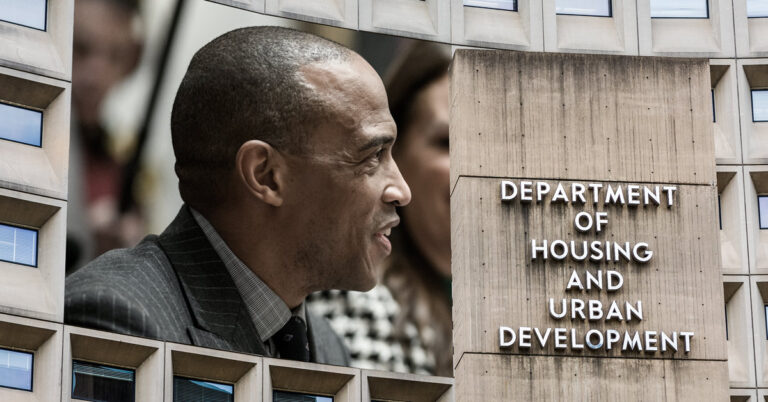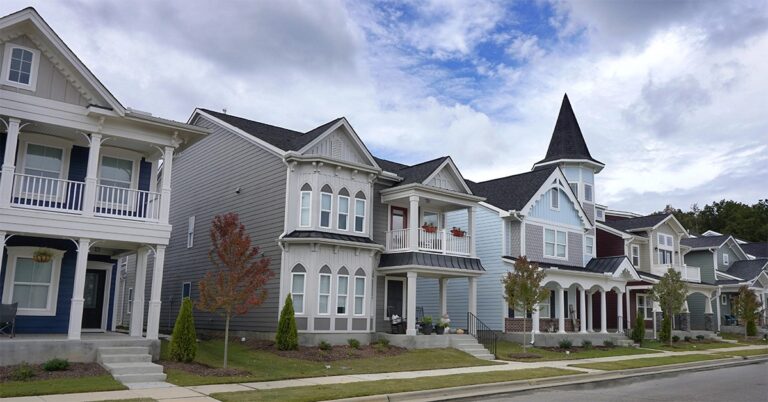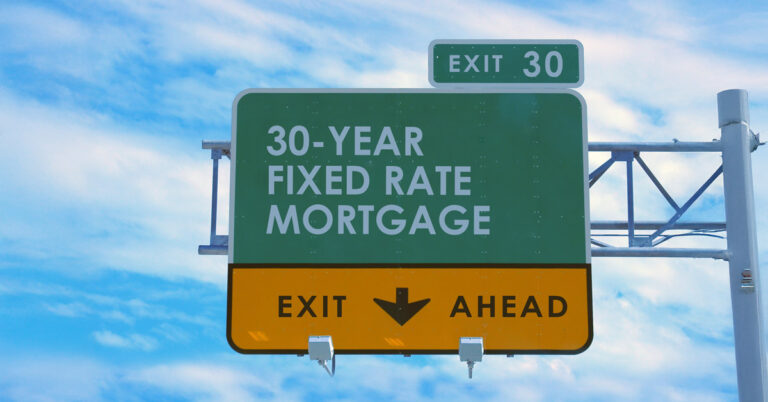July was a bad time to buy a house, according to Fannie Mae’s latest national housing survey, though consumers are feeling more optimistic about the year-ahead outlook for mortgage rates and employment prospects.
The government-sponsored mortgage giant’s Home Purchase Sentiment Index (HPSI) increased two points in July to a reading of 71.8. The index is based on a survey that measures consumer attitudes about current homebuying and selling conditions and gauges outlooks on home prices, mortgage rates and job loss concerns.
Just 23% of July respondents said it was a good time to buy a house, down from 28% in June. The percentage of people who thought it was a good time to sell was unchanged at 60%.
Looking ahead, 46% of those surveyed think home prices will rise on average over the next 12 months compared to 18% who think they will decline. Those percentages stood at 45% and 22% in June.
But consumers are slightly more optimistic about the direction of mortgage rates in the year ahead, with 28% thinking they will decline and 32% believing they will increase. In June, 25% of respondents predicted a decrease compared to 34% who thought rates will go up.
Get these articles in your inbox
Sign up for our daily newsletter
Get these articles in your inbox
Sign up for our daily newsletter
While the popular 30-year fixed-rate mortgage reached an average of 6.75% during the week of July 17, according to Freddie Mac, it has fallen for the past three weeks and averaged 6.63% for the seven-day period ending Aug. 7.
The biggest positive swing in the HPSI was in the job loss concerns category. While 29% of June respondents said they were worried about losing their job during the next 12 months, that metric fell to 24% in July.
Those labor sentiments are seemingly at odds with data released last week by the Bureau of Labor Statistics, which reported that the unemployment rate ticked up to 4.2% in July from 4.1% in June and nonfarm employers added a paltry 73,000 jobs last month.
More recently, Department of Labor data released Thursday revealed the advance figure for seasonally adjusted initial unemployment claims was 226,000 for the week ending Aug. 2, an increase of 7,000 claims from prior week’s revised mark. On a more foreboding note, recurring applications for unemployment benefits reached their highest mark since November 2021, according to the Labor Department.




















































